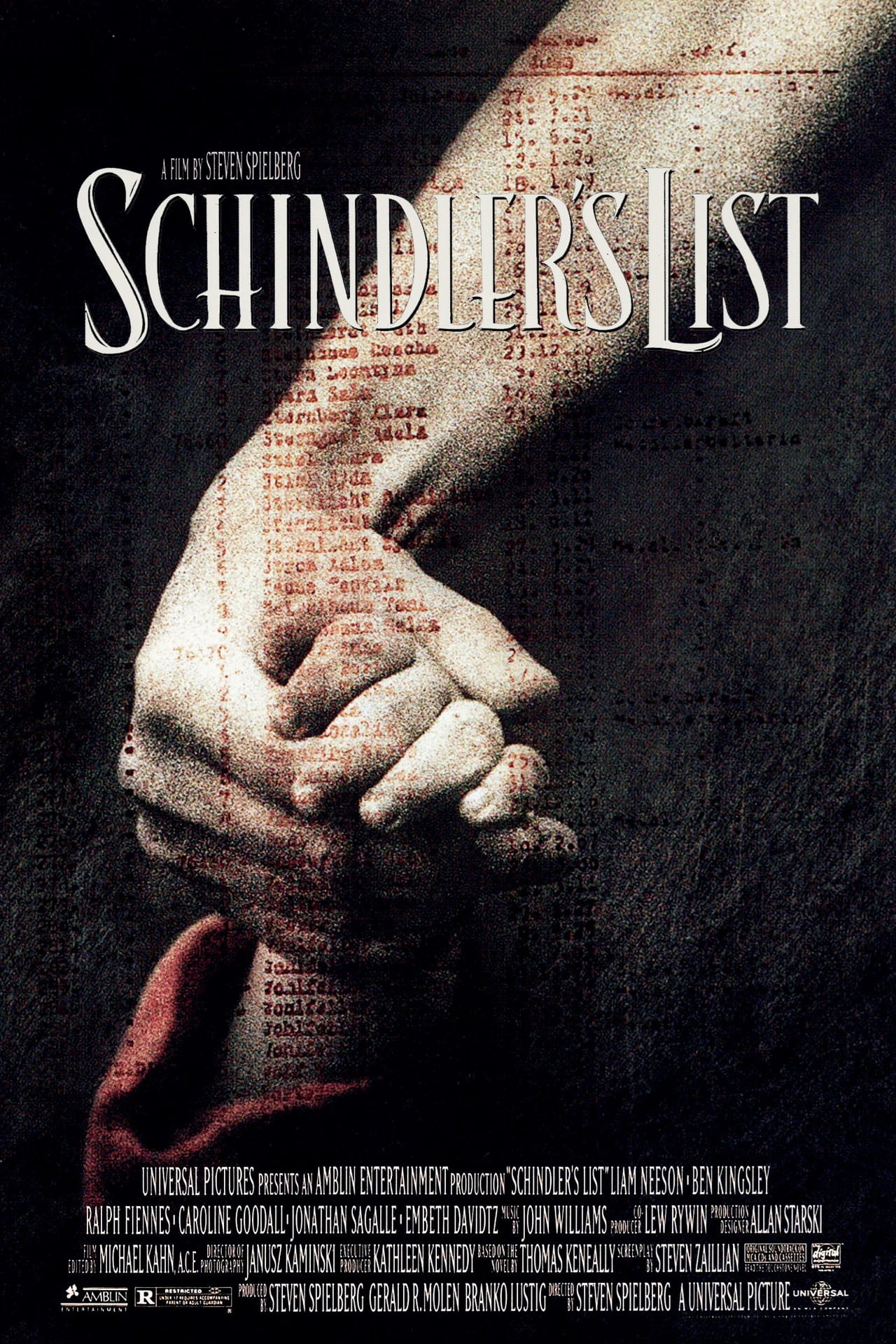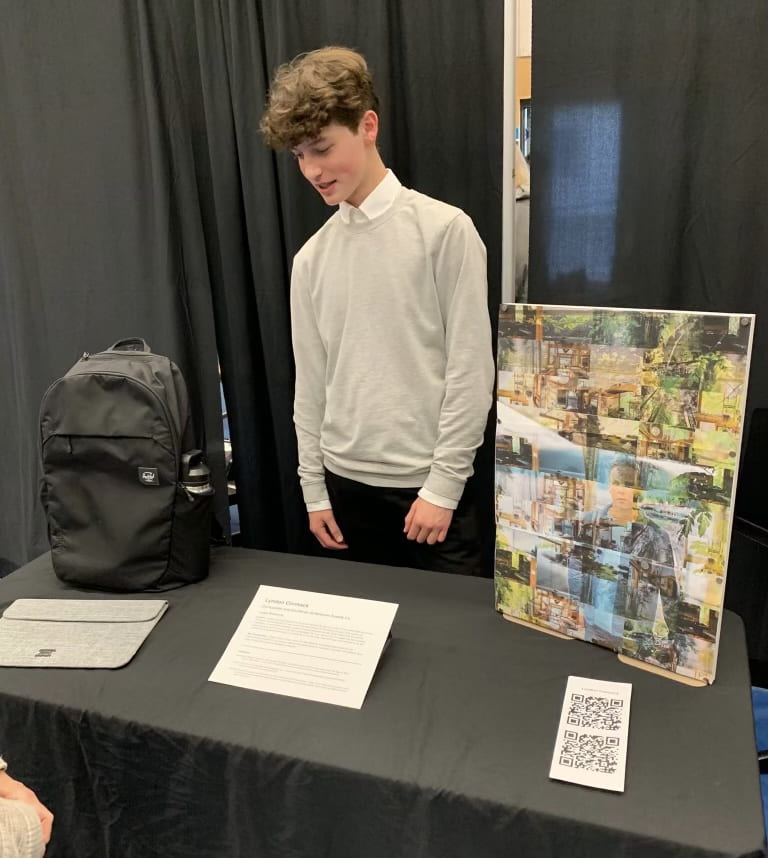“Here’s to the crazy ones, the misfits, the rebels, the troublemakers, the round pegs in the square holes… the ones who see things differently — they’re not fond of rules… You can quote them, disagree with them, glorify or vilify them, but the only thing you can’t do is ignore them because they change things… they push the human race forward, and while some may see them as the crazy ones, we see genius, because the ones who are crazy enough to think that they can change the world, are the ones who do.”
With the year coming to a close it’s time to present my learning to the world, with this I mean the Spring Exhibition. This year our focus was the crazy ones, the ones who changed the world, but in order to understand who fits in to the category, we had to define what crazy actually meant. When I was asked to name a crazy one and someone who had impacted the world, the person who came straight to mind was Adolf Hitler. After recently completing a project on World War II, I thought this man with his fascist ideologies would fit in the group of crazy change makers, but my idea of a crazy one didn’t meet the criteria of my teacher. I was trying to figure out what excluded him and I realized, the Apple ad states that the crazy ones push the human race forward, and Hitler did the opposite. Now knowing who isn’t consider a crazy one, I was able to make my own definition, a crazy one is someone who does things differently and is willing to do whatever it takes to make their vision a reality.
Along the course of this project we watched two films, two very different films but both shared one key similarity, a crazy one. The first text we watched was Schindler’s List, this was my first time watching this film and I would definitely recommend it, throughout watching we’d take notes and there were a lot of things that I found interesting. Right away I noticed the whole movie was in black and white, and I thought it was just because it was set during the Second World War, but after some research the reason was much more thought out than I first believed. Steven Spielberg said that “the Holocaust was life without light. For me the symbol of life is colour.” However, there were times in the movie where some colour was shown, and now knowing why the majority was black and white, I could figure out what the significance of the colour was. Without spoiling too much there were a lot of little things like this with much deeper meaning and that’s what makes this movie great. Erin Brockovich would lighten up the mood and we had a question to think about when watching the film, what drives her to make change? Through my notes I came to the conclusion of her children are what drive her to make change, in the movie you can see how much they mean to her and everything she does is for them. These two examples of impact makers were more of the kind of people we would focus on and gave me a good idea of what a crazy one looks like in the real world.
Collaborating with PLP 11 and 12, everyone would choose their own impact maker to focus on, one who has made an impact on our community. It took some thought to find the right person but I ended on Lyndon Cormack, the co-owner and co-founder of the brand Herschel. To many people Lyndon Cormack might not seem too special, but for me living on the North Shore and having a love for the outdoors as well as the fashion industry, I can connect to him and his story. Today his impact is being seen all across the globe and he is sharing his love for Vancouver to everyone. He is bringing more attention to the place I call home and his message is heard by a worldwide audience. To show his impact we would make a portrait, I’m not the kind of person that is in to drawing and art in general, so to make this portrait I’d have to play to my strengths. The worst thing that I could’ve done was draw or paint something that doesn’t even look like him, and even though many people were doing that kind of thing, I stayed away from it. Looking in to Lyndon Cormack’s life, I read that he is a guy who makes a lot of connections and was inspired by the scenery of the North Shore to start his company. Knowing the kind of person he is, I created something called a mosaic portrait, I used a picture of him and then I overlapped it with many other photos of the things that inspired him. In the end I was quite pleased with what I had made, I thought that it showed his personality and mood well while not being too complicated and having too much going on.

Like every year, when it came time for the exhibition everything went well despite the chaos the hours before. With Lyndon Cormack owning Herschel, I was a part of the business section, I found that our section looked quite good and actually felt “businessy.” I was proud of how my own station came together, if you know me I like everything to look perfect and I was able to set that up. Lyndon Cormack wanted his company to be practical but minimalist at the same, and I felt that my station followed a similar style. Although Lyndon Cormack couldn’t come to the exhibition, a few people who knew a bit about him did. I had some conversations with people who even taught me a few things about him, and to the people who didn’t know him, I was able to speak about what he has done for our community without any sort of script. It was a nice surprise how many people in our community recognized him and his impacted.
This project was one that I really enjoyed, I found it inspiring to see that Lyndon Cormack was just a normal guy that had an idea that he pursued. From his story I’ve learnt that all it takes is an idea and some passion and determination to achieve success, but the idea is the easy part, the hard part is to be willing to put everything into it and really want to turn your idea into a reality. Although it seems so far away, I believe that in the coming years I can end up in a similar spot to Lyndon Cormack as long as I have an idea that I truly believe in.





Leave a Reply